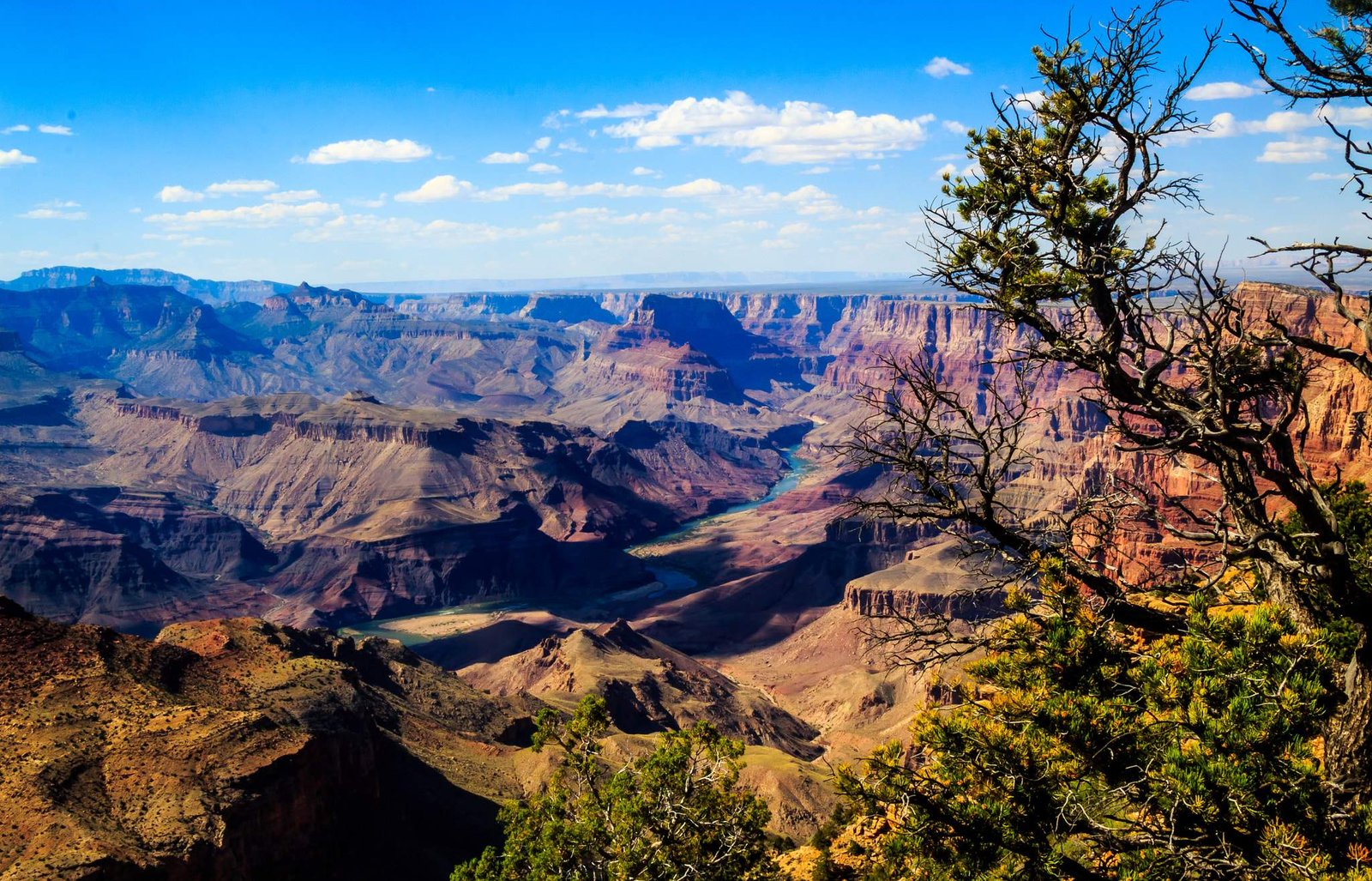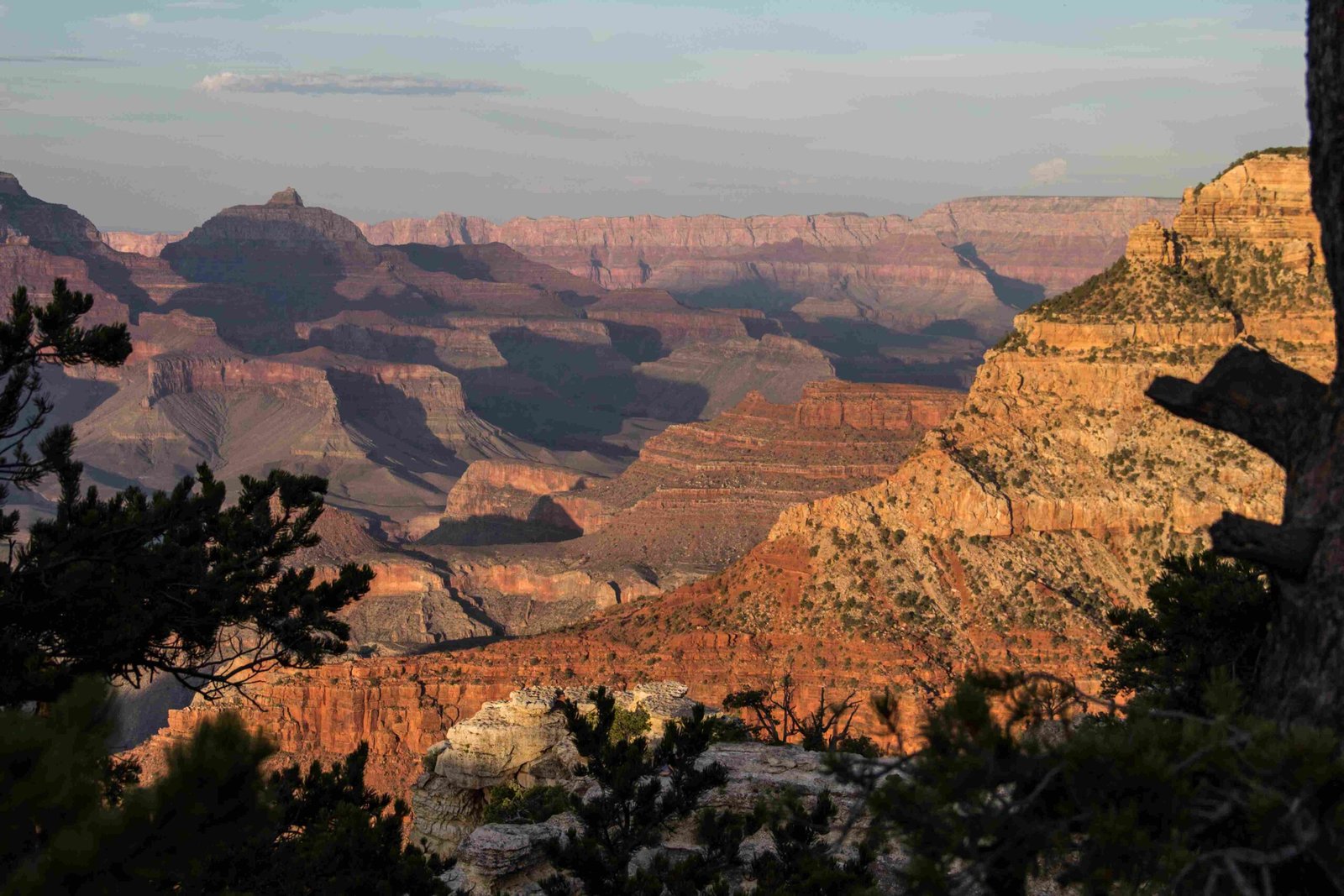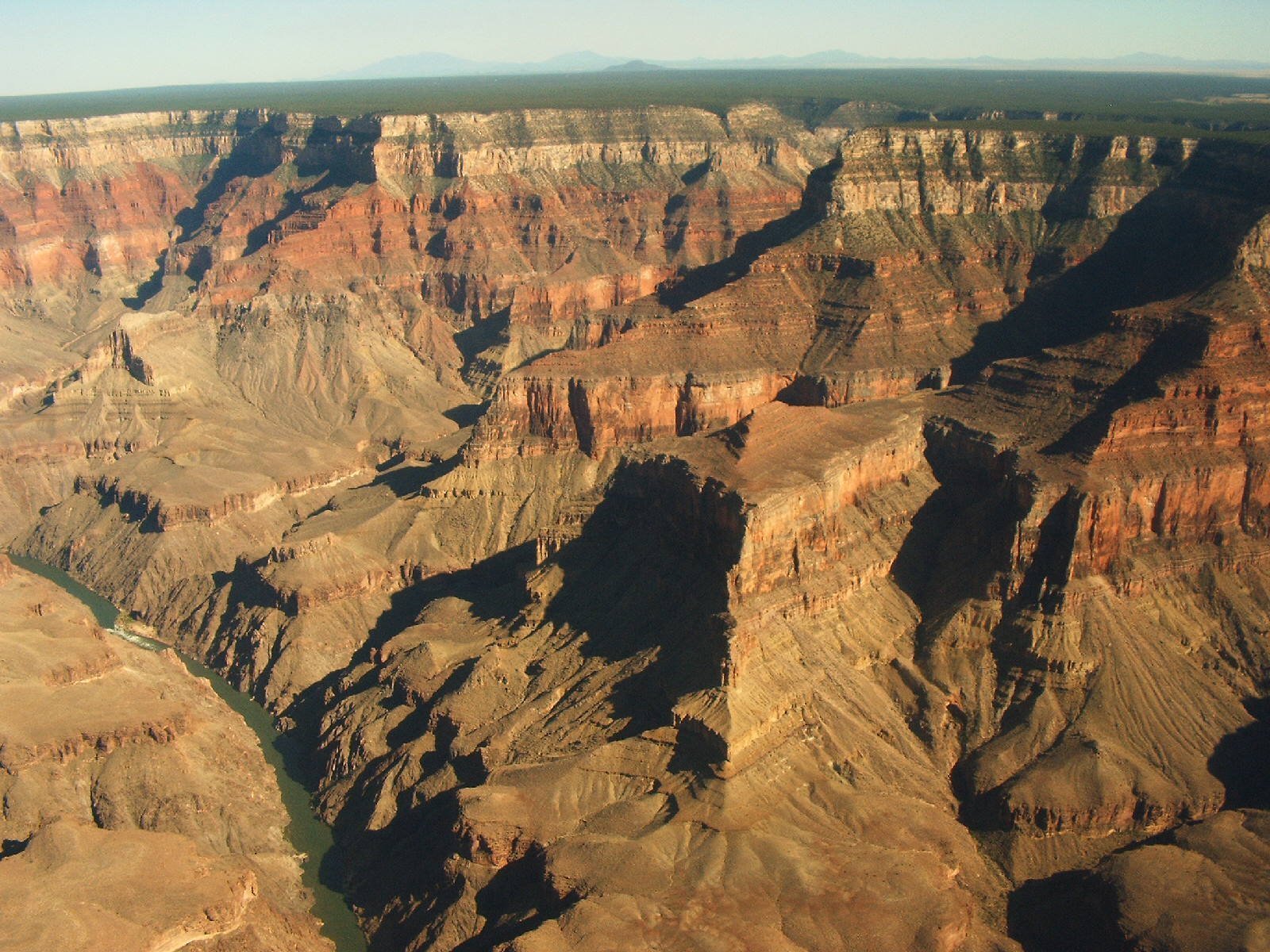The Grand Canyon Rim to Rim hike represents an extraordinary endurance challenge that tests physical limits and mental resilience. Spanning approximately 21-24 miles with over 10,000 feet of elevation change, this single-day trek demands exceptional fitness, meticulous planning, and unwavering determination through one of America’s most challenging wilderness landscapes.
What Makes the Rim to Rim Hike Extremely Challenging?

Physical Demands of the Expedition
The Grand Canyon Rim to Rim hike is not for the faint-hearted. Hikers must navigate:
- Extreme Elevation Changes:
- Total vertical gain/loss: 10,000+ feet
- North Kaibab Trail elevation gain: 5,781 feet
- South Kaibab Trail elevation gain: 4,800 feet
| Trail Segment | Distance | Elevation Change | Difficulty Rating |
|---|---|---|---|
| South Kaibab to Phantom Ranch | 7.3 miles | -4,800 feet | High |
| Phantom Ranch to North Rim | 14 miles | +5,781 feet | Extreme |
How Difficult is the Physical Preparation?
Successful Rim to Rim hikers typically invest 4-6 months in dedicated training, including:
- Cardiovascular Conditioning
- Long-distance trail hiking
- Stair climbing
- Mountain trail training
-
High-intensity interval training
-
Strength Training
- Leg muscle development
- Core strengthening
- Endurance weight training
What Equipment Becomes Critical for Survival?
Essential gear includes:
- High-performance hiking boots
- Moisture-wicking clothing layers
- Hydration systems (minimum 3-4 liters capacity)
- Electrolyte replacement supplements
- GPS/navigation devices
- Emergency communication tools
- First aid kit
- Sun protection gear
When Should You Attempt the Rim to Rim Hike?
Optimal Hiking Window: May 15 to October 15
Critical Seasonal Considerations:
- Summer temperatures can exceed 110°F at canyon bottom
- Winter months have potential snow and ice risks
- North Rim facilities closed December 1 to May 14
How to Manage Extreme Environmental Challenges?
Hydration and Nutrition Strategies:
– Consume 1 liter of water per 2-3 miles
– Eat high-energy, compact nutrition
– Plan rest stops at key locations like Phantom Ranch
– Monitor personal energy levels continuously
What Are the Most Significant Risk Factors?
- Heat exhaustion
- Dehydration
- Muscle fatigue
- Unexpected weather changes
- Physical overexertion
Recommended Fitness Level
Minimum Requirements:
– Ability to hike 15-20 miles consistently
– Comfortable with 4,000+ feet elevation changes
– Previous multi-day hiking experience
– Strong cardiovascular endurance
Final Preparatory Insights

The Grand Canyon Rim to Rim hike in one day is an elite hiking challenge requiring comprehensive preparation, exceptional physical condition, and profound respect for the natural environment.
Pro Tips for Success
- Start training 6 months in advance
- Complete multiple long-distance practice hikes
- Invest in high-quality, broken-in hiking gear
- Develop comprehensive hydration and nutrition plan
- Consider guided expedition for first attempt
Warning: This hike should only be attempted by experienced, highly fit hikers with extensive wilderness experience.
Recommended Fitness Assessment
Before attempting, consult a sports physician and complete a comprehensive fitness evaluation to ensure you meet the extreme physical demands.
Permit and Logistical Considerations
- Individual day hikers do not require special permits
- Group expeditions need Special Use Permit
- Coordinate transportation between rims
- Have emergency extraction plan
References:
– Rim to Rim Club Official Site
– National Park Service – Grand Canyon
– Grand Canyon Hiking Guidelines

